I've been developing using C# from scratch for less than 3 months and what I got at present is a console application made with Visual Studio 2015. This application consumes a web service, the XML is deserialized, formatted and saved in an Access database, and lastly a success or error XML is sent back to the web server. 3 classes make up the application: The main stream class, a SOAP client class and a DB class.
Now the reason why I'm posting this it's because I need to get that console app integrated with a GUI in which some data gotten from the deserialized XML should be shown (this is an extension of the project that the stakeholders didn't think about before stepping on the developing stage), but I have no idea how to do it.
So far I am reading about "Building WPF Applications" and "Windows Forms" but the documentation is overwhelming and I don't know if I'm on the right path, so can you guys give some guidelines before I start wasting time coding stuff that maybe are not the best option to integrate my console application with a GUI? Is there a way to make the console application become a GUI based application?
I would appreciate if you provide me with practical links to tutorials in which they quickly implement GUIs, my time is running out and I need to start coding right now. Thank you very much for reading this and helping me.

